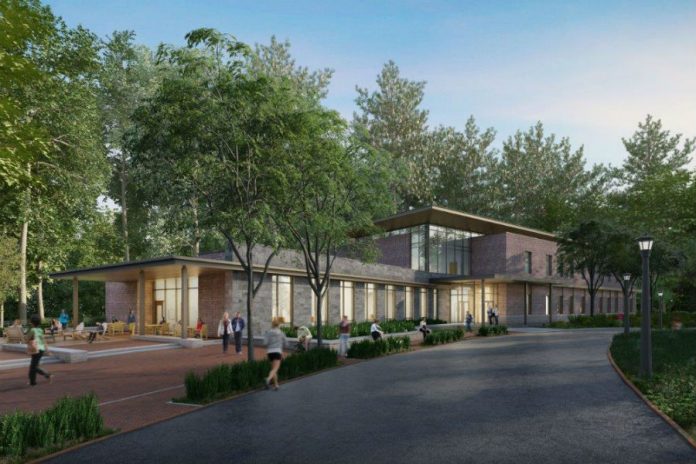Just as a warning, I reference suicide within this piece. Last weekend, I received an email informing me that I had been selected as part of a study to gather feedback on ways to improve health and wellness services at the College of William and Mary. “Thank Christ,” I thought, like an idiot. “They’re actually going to hire therapists.”
I clicked on the link and started to fill out the survey. Instead of questions about mental health on campus, there were queries about the new McLeod Tyler Wellness Center. While suggesting that the College does not really care about the well-being of its students might be considered an extreme statement, that is exactly what I believe.
The survey was a depressing reminder that, despite discourse over the College’s failures to address mental health struggles on campus, the administration is unlikely to change anything. Even though I’m a relatively recent transfer, it has become very clear to me that the College values aesthetics and brand above all other things. Look at how the College has been spending its money as of late. There is a new alumni center, alumni weekend and an anatomically correct griffin statue — all transparent efforts to woo donors into kicking back cash into For The Bold, because I guess $800 million still is not enough money for athletics. Make no mistake, these things help bolster the College’s beloved reputation as a Public Ivy, but they do not help students. It’s even more frustrating when the Board of Visitors simultaneously considers raising tuitions, presumably to spend that money on this nonsense or to send it to where last year’s money should have gone.
The Wellness Center is maybe the best example of this mindset. This isn’t an attack on the people who work there. In my experience, they have been incredibly committed and helpful, especially when it comes to physical health needs. But when the College wants to improve health services, what does it do? Of course, they create a $1.5 million building with a fake waterfall and whatever a “compassion garden” is. Of course, they sink money into an essential oils pyramid scheme. These are all things that it can point at as evidence that it’s an elite university with the prettiest buildings and the trendiest alternative health classes; sure, these resources have helped people, but would it have maybe been possible to spend $1.4 million and then hire some therapists?
I say all of this because of my genuine concern for the students at the College. It’s no secret that colleges are a pressure cooker of stress that often breed or feed into depression and other mental health issues. The College is no different (I direct you to “William & Mary Bad Vibes,” a Facebook group in which students vent about their stresses, frustrations and problems as if it’s a crowd-sourced therapy session). If the College does nothing about the current situation, one in which any given student has to wait five weeks for an opening counseling session, there will be consequences. Someday — I hope to God not today, tomorrow or five years from now — but someday, some poor student is going to give up on therapy. They won’t be willing to wait months for help — if it’s even offered — and they won’t be able to afford private care. They will tell nobody about this, because they’ll be scared that a care report will result in a forced medical withdrawal, throwing their academic career off course. And then they’re going to become a victim of suicide. When this happens, do not listen to whatever grieving mass email the administration sends out. That blood will be on their hands.
Email Aidan O’Halloran at

































